When I moved to London all those years ago, an unreasonably large portion of the removal van was given over to my beloved indoor plants. Probably half of those are no longer with me, time constraints due to a growing family saw to that. However, I guess I would have replaced them if only I'd found the variety on offer I was used to being tempted by. Yet one of the first things I noticed on coming here was the comparative lack of indoor or conservatory plants sold in flower shops and garden centres. Why was that? Why did a country famed for its plant hunters, orchid mania and stove houses in Victorian days no longer care about indoor plants?
However, browsing the shelves of charity and second hand bookshops, I'd find publications on indoor plants by the metre! All of them from the Sixties, Seventies or early Eighties though. As window frames probably weren't different then, this theory didn't hold. I settled for the following: Since winters here tend not to be as harsh as those in Scandinavia or mid- to Eastern Europe, people can garden and have something in flower pretty much all year round. So while there may be less to look at in the garden, there is no desperate need for indoor plants! I guess, they simply fell out of fashion. While in Germany it happened to once popular species or genera which were replaced by new, "more exciting" ones - here in Britain it seemed to have hit all, safe the ubiquitous Phalenopsis or moth orchid.
Things have changed, however. A number of "new kids on the block" have appeared over the past two or three years. First, if I remember correctly, was Grace and Thorn on Hackney Road. Their floral creations, like those of Rebel Rebel, seem to be very popular in fashion and fashionable circles. However, it was their shop which immediately attracted my attention. Not only did it offer many indoor plants, most of them succulents, but it presented them very stylishly, too: attractive cachepots abound. Incidentally, Grace and Thorn are about to open their third shop in the very near future - on Brick Lane.
Then there are several shops that have added a few plants to what they sell - such as interior and fashion brand House of Hackney. With the latter's sumptuous, William Morris inspired designs, many of them featuring florals and foliage, this makes perfect sense and adds to the appeal of their shop. Others, like the one which otherwise sells fabric by the metre, seem to have added them to their portfolio because the owner simply loves plants and the optimistic and aesthetic boost they give to the shop - and perhaps because greenery in the window and on the pavement in front entices people to step in.
This year, a small flower shop opened again a few yards from where I live. Whilst their main business is bouquets, they too offer some of the newly fashionable housemates. And only last week I came across a new place which seems to epitomise this whole resurgence: off Broadway Market in Shoreditch, which you could quite possibly call "hipster central", I found Twigs. It's a plant shop offering coffee and lunch to go, thus combining the big urban trends of recent years: with latte, cappuccino & co it caters for the needs of the Flat White economy (of course there's also Wifi and a table to set up your MacBook or other Apple device) and with street food style lunch boxes and treats like macaron-ice cream-sandwiches for the "foodie" as well.
Moreover, whilst the previous generation will have seen them around in prissy interiors when they were children and, on growing up, may have rebelled and dismissed houseplants as square, the current Twenty- and Thirtysomethings are untroubled by this image and rediscovering indoor green for themselves. Sansevierias are a case in point. Decades ago, my father was given one when he graduated from university. All through my childhood we had this indestructible plant on our windowsill, in an undeniably Seventies-style cachepot of what looked like crocheted plastic. In fact, my parents still have this very same plant though it resides in a beautiful ceramic pot now. Anyway, I hadn't seen it for sale in twenty years. Then all of a sudden, a few years ago it re-appeared and has since enjoyed a spectacular comeback: the not-so-lovingly named Mother-in-law's tongue is seemingly everywhere now.
Accordingly, you'll also find an ever-increasing number of books on the subject. However, these look nothing like the "How to care for" manuals of yesteryear. Instead, they are most likely to focus on style and design. A brief glance around a local bookshop yielded at least six such titles, all new or fairly recently published, and most were expensively produced. Typical titles: "Wonder plants - Your Urban Jungle Interior", "Botanical style - Inspirational decorating with nature, plants and florals", "Decorating with plants - The Art of Using Plants to Transform Your Home" or simply "Evergreen - Living with plants" ("Dispel gardening angst and warmly welcome plants into your home..."). "Green is the new black", they proclaim and are more likely to be the output of a stylist than a horticulturist.
I may not always have the budget (or space!) for them, but I can no longer complain that you can't buy beautiful indoor plants in my neck of the woods. I'll finish by quoting from an article in The Telegraph: "How houseplants charmed a new generation of gardeners".
It seems not so long ago that smart interiors weren’t complete without artfully placed vases of cut flowers, but now a subtle, stylistic change is wrapping its leafy tendrils around the country’s most fashionable homes, shops and restaurants. Where once houseplants were the province of an older generation who had the time, knowledge and space to tend them, they’re now proving popular with a younger, cooler crowd. Smart parties, weddings and launches are lush with jungly magnificence, provided by self-styled “plant decorators”.
Like so many trend evolutions, this hip green renaissance is spreading from the style hothouse that is east London. Where once they came with their cocktails, food trucks and pop-up restaurants, now they’re here with their succulents and ferns, air plants and ivies, following a nurturing continuum from pop-ups to potting up. Where east London leads, can the rest of the country be far behind?
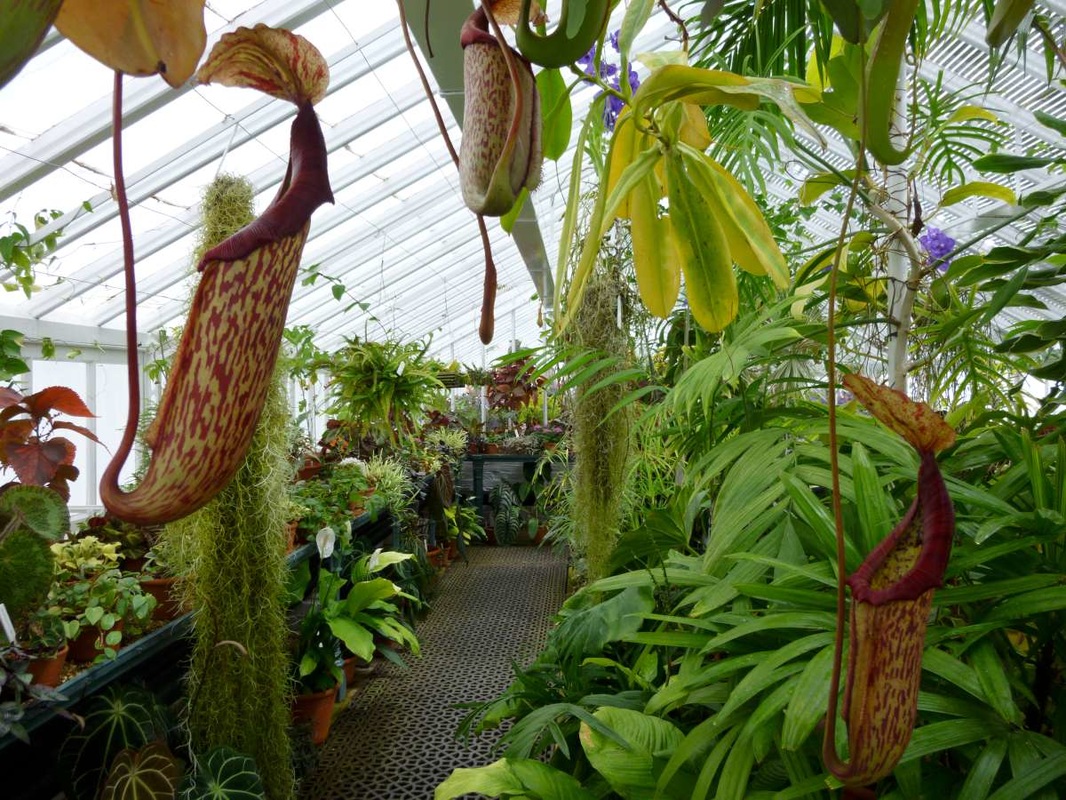
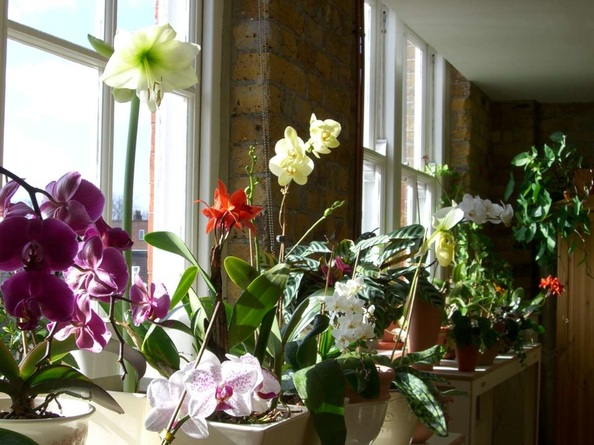
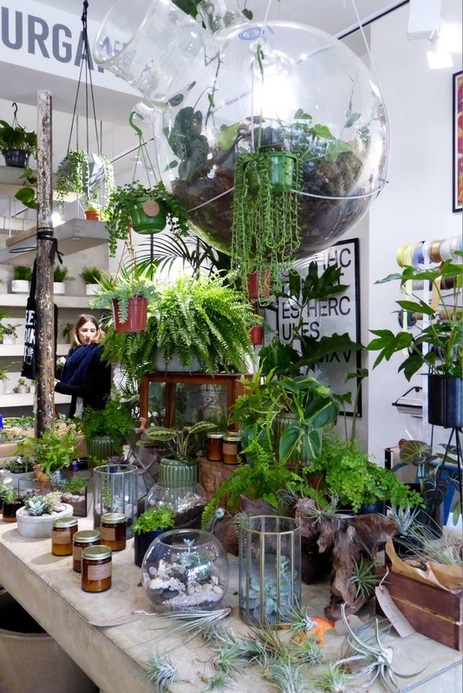
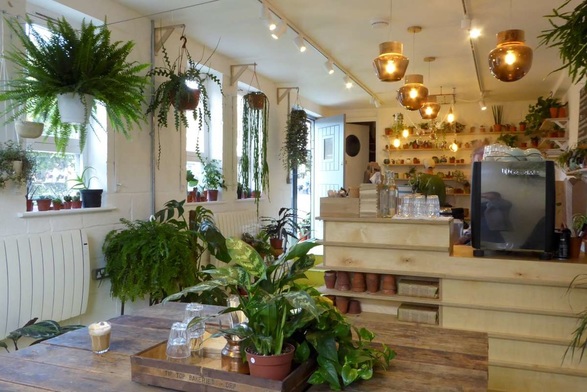
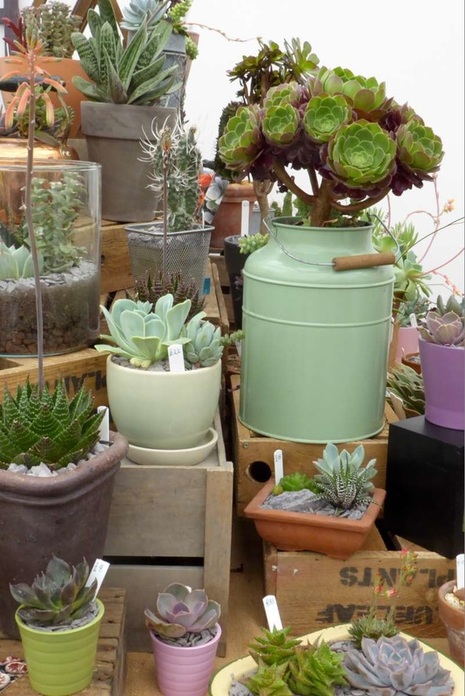
 RSS Feed
RSS Feed